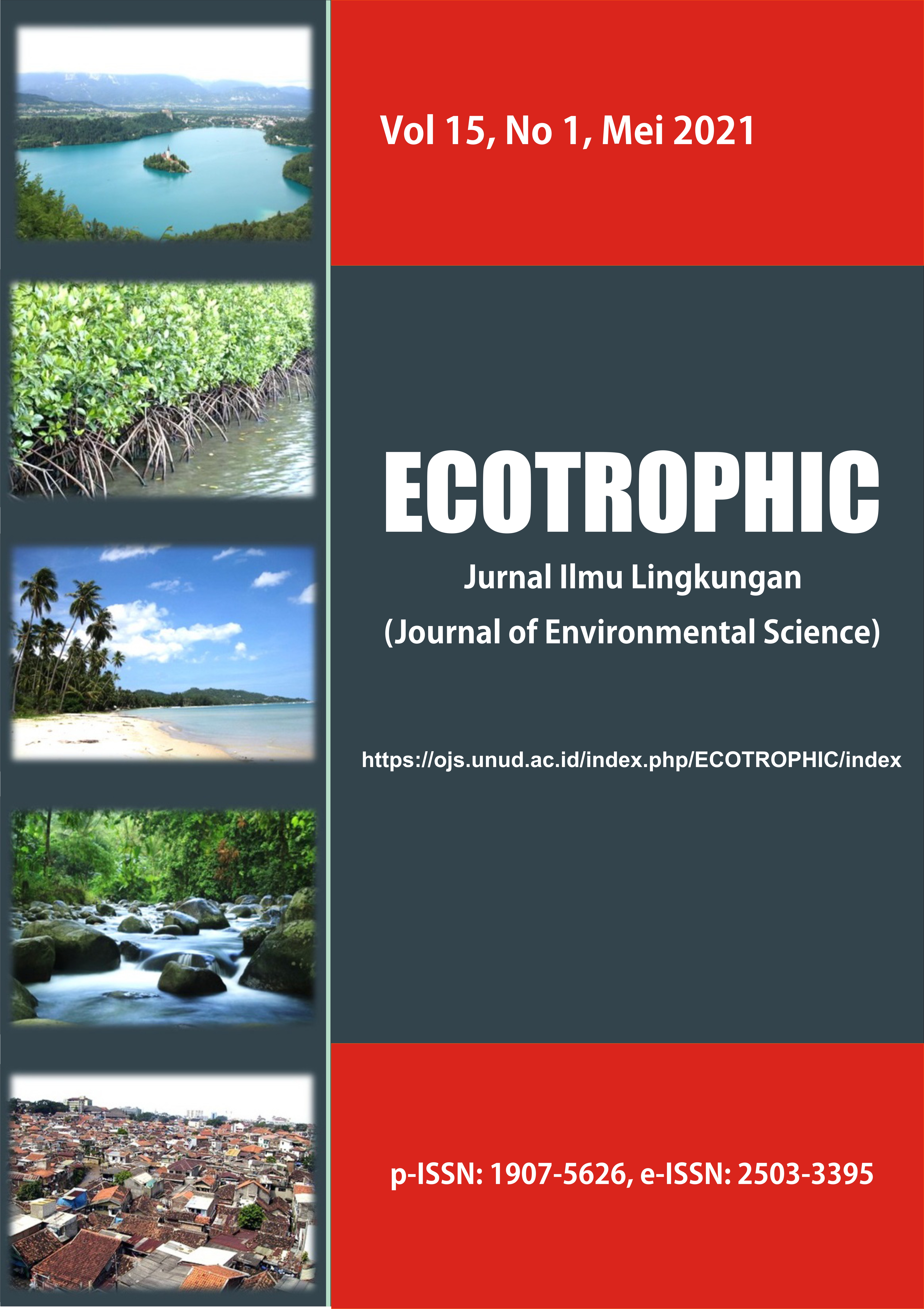POPULASI MAKSIMUM BERDASARKAN DAYA DUKUNG FISIK SAMPAH DI GILI AIR, LOMBOK UTARA, NTB
Abstract
Solid waste management that has implemented in Gili Air has not been able to cope optimally with the increase in waste volume originating from residents and tourists. As a consideration in optimizing the volume of waste that can be accommodated and managed, the carrying capacity approach can be used. The physical support of waste will be the basis for determining the maximum population on Gili Air. This research aims to measure the maximum population found in Gili Air based on the physical support of waste analysis. The key informants was given questions regarding the solid waste management system to obtain primary data, while secondary data obtained from related bureaus in the local government. The qualitative descriptive methods was used to analyze primary data from the interview, and carrying capacity and waste capacity analysis for secondary data. Waste management activities on the island limited to container and collection activities. The waste pile transported by barge to the landfill on the main island. The tourism business was imposed a levy tax according to the volume of waste generated. The potential of recyclable waste is lower than the potential for generation, so the carrying capacity of waste is relatively low with an index of 0,20. The potential for piled waste that has not managed properly is 1,230.86 kg per day. Following the calculation results of the physical support of waste, the maximum population size that Gili Air can accommodate is 2,795 people per day. The excess number of tourists as many as 585 people per day causes the solid waste management system overwhelmed.
Keywords: Physical carrying capacity; Solid waste management; Small islands population; Marine tourism; Tourism impacts.
Downloads

This work is licensed under a Creative Commons Attribution 4.0 International License.


